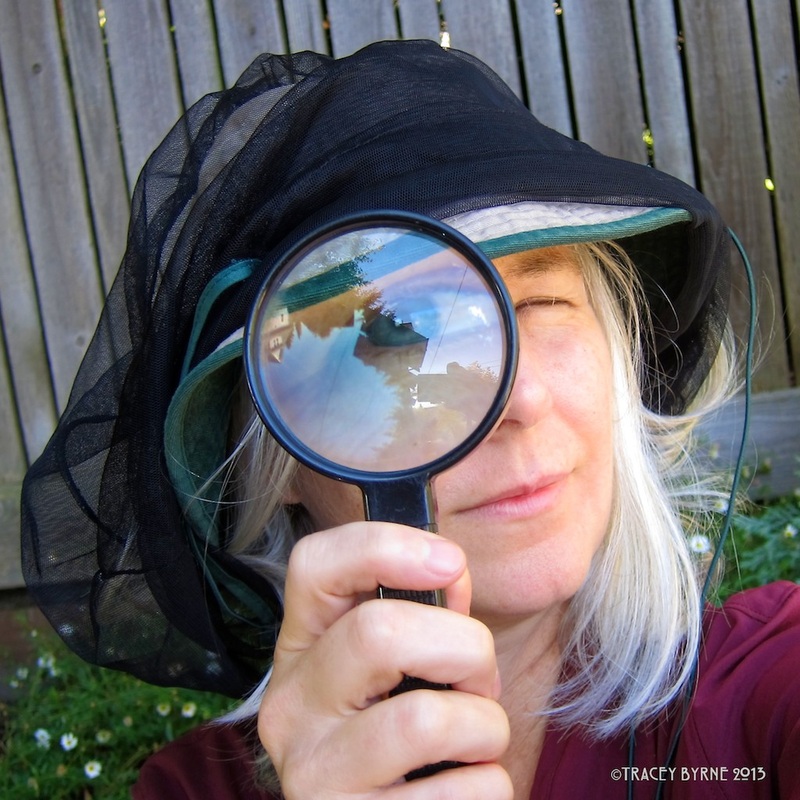Lately, I have been researching insects that are so small, you probably haven't seen them before. Just last week, whilst looking at a few of my honeybees with my stereoscope, I discovered what appeared to be a miniature wasp tangled up in the bee-fur. What?
Yes, that is a honeybee, Apis mellifera, looking like a giant compared to the tiny wasp (next to the point of a pin). The first thing I tried to do was to take a photo of the little gal (clubbed antennae, not feathered or threadlike) so I could do an ID. This involved some pretty tricky gymnastics with my headlamp, tripod, "real" camera and close-up filter...but I still could not get close enough! I ended up pointing my iphone camera through the stereoscope to capture the best images, and was then able to begin the process of identification.
I found some matching images that led me to believe that I was in possession of a fairyfly, or Mymaridae. Most definitely a chalcid wasp. Let's have fun with Mymaridae, shall we?
| Mymaridae or Fairyflies are the extremely tiny members of the chalcid wasp superfamily, but because of their minute sizes, they are seldom noticed by humans (no surprise here). Mymaridae are parasitic wasps and are found throughout the world in both temperate and tropical climates. Tinkerbella Nana was recently discovered in Costa Rica and is one of the smallest known arthropods, at 250 micrometers long, or about 2.5 times the width of a human hair. Though my fairyfly is not THAT tiny, I am still pretty darn excited about finding one! Fairyflies have unique nervous systems resulting from the necessity to conserve space. In addition, they have one of the smallest brains, containing only 7,400 neurons. They are also the first (and only) known animals which have functioning neurons without nuclei. Wow. |
Some species of fairyfly live underwater, others mate with their siblings before they hatch, and in one super-tiny species the males are so small that "they do not have wings or eyes, their mouths are mere holes, and their antennae are simply spherical blobs. The ends of their legs have been modified into suction cups for clutching at females long enough to fertilize them. They are so small, their entire bodies are smaller than a single-celled Paramecium."
As my daughter succinctly stated "Insects are such weirdos!"
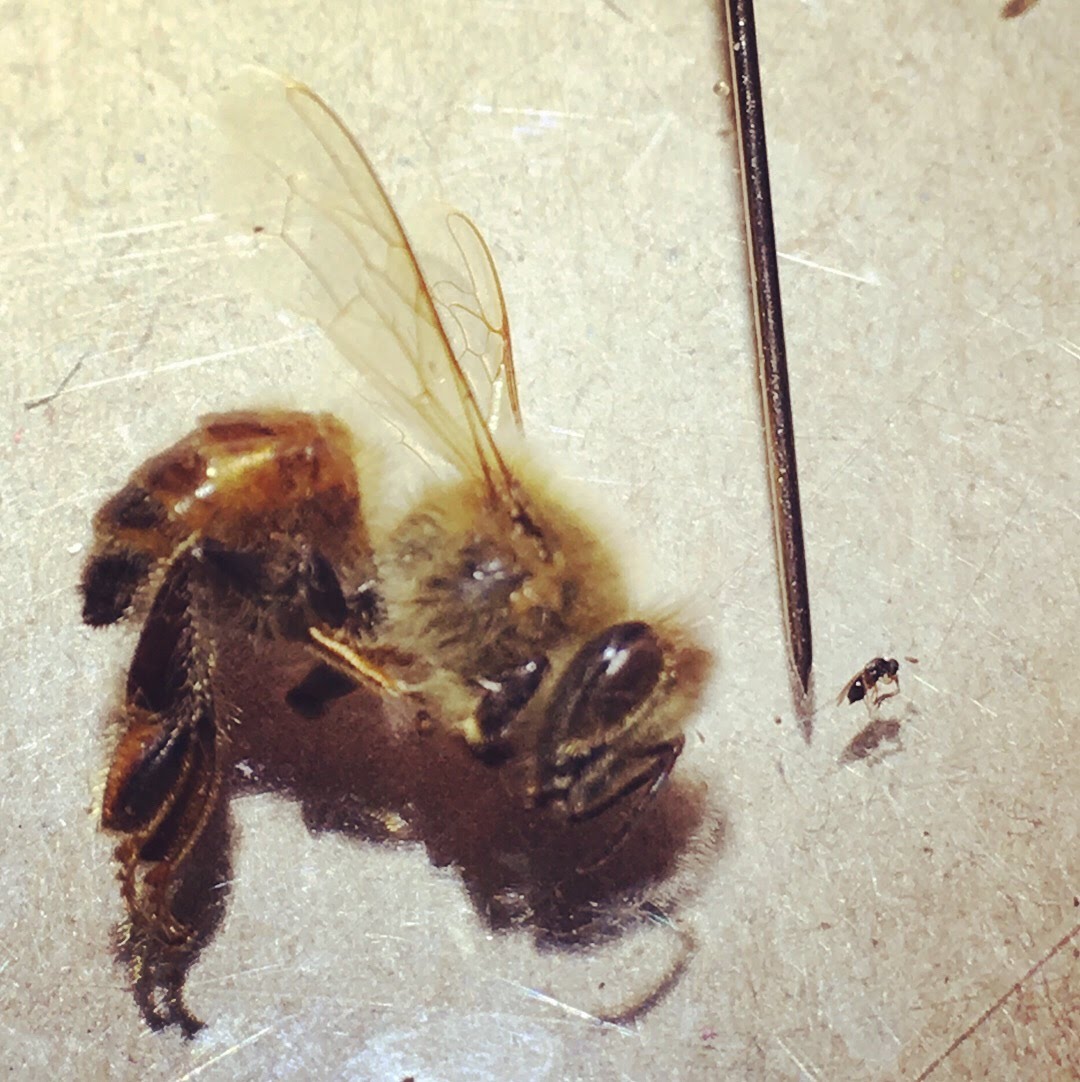
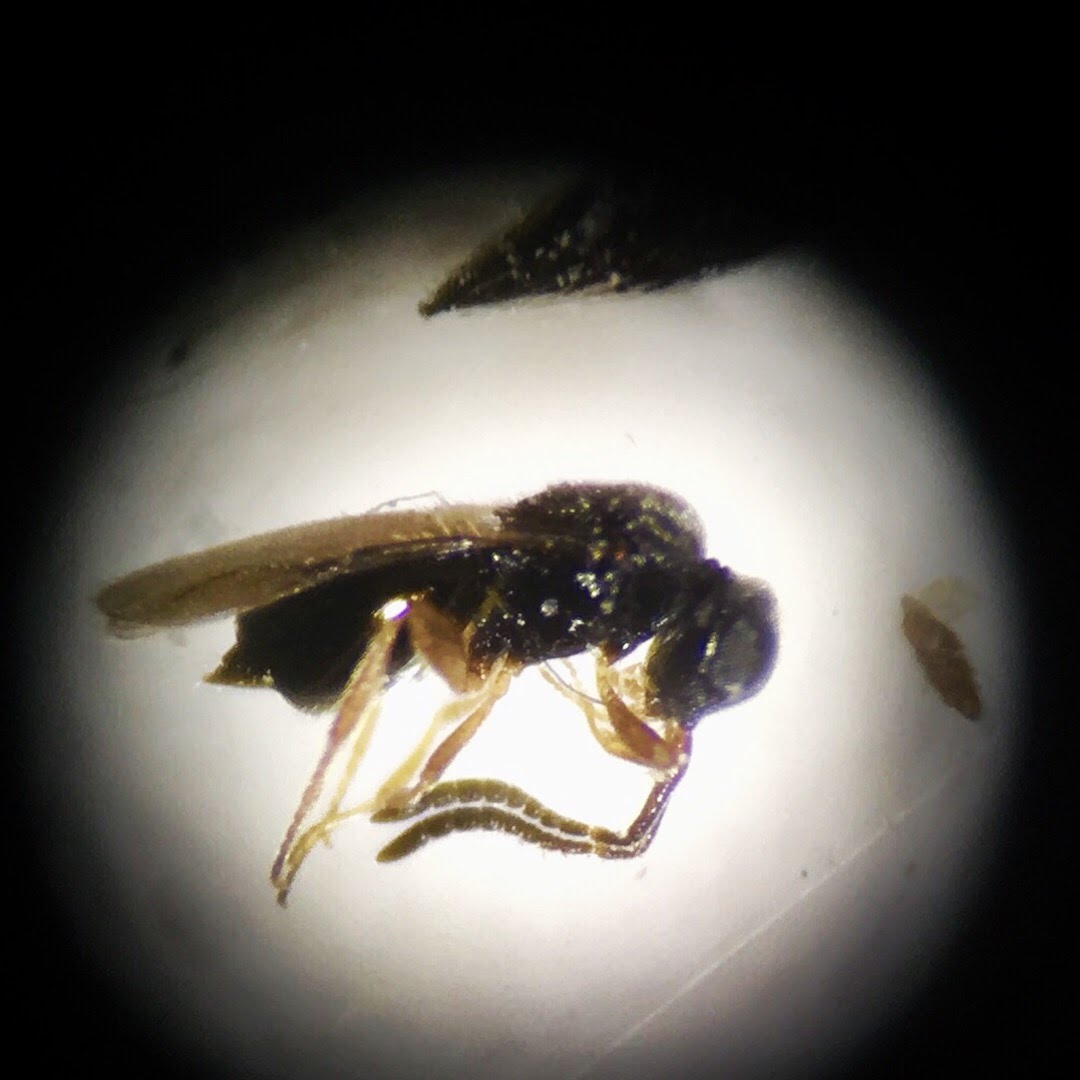
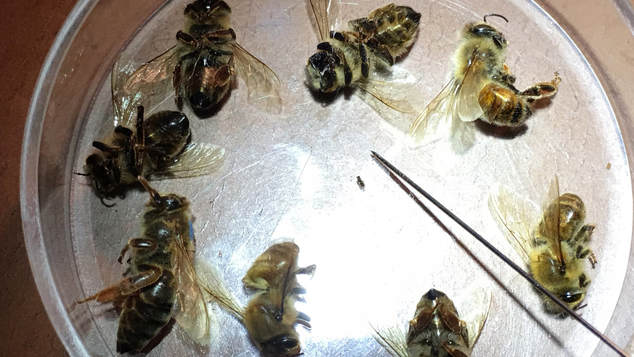
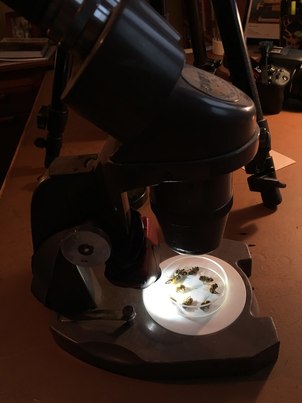
 RSS Feed
RSS Feed
